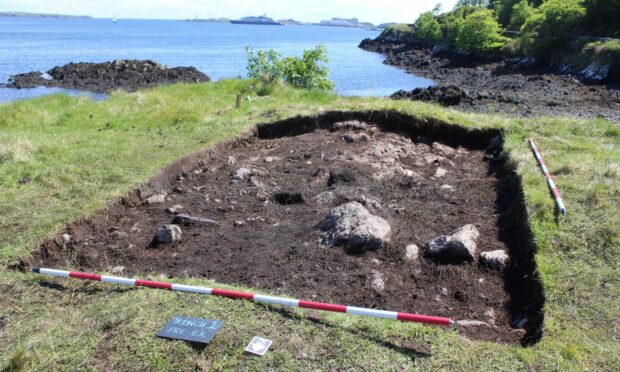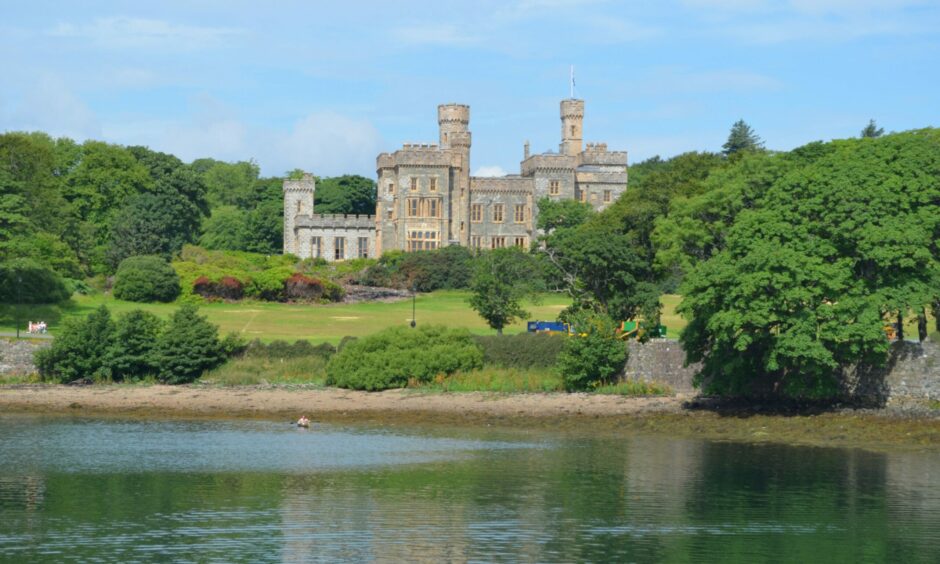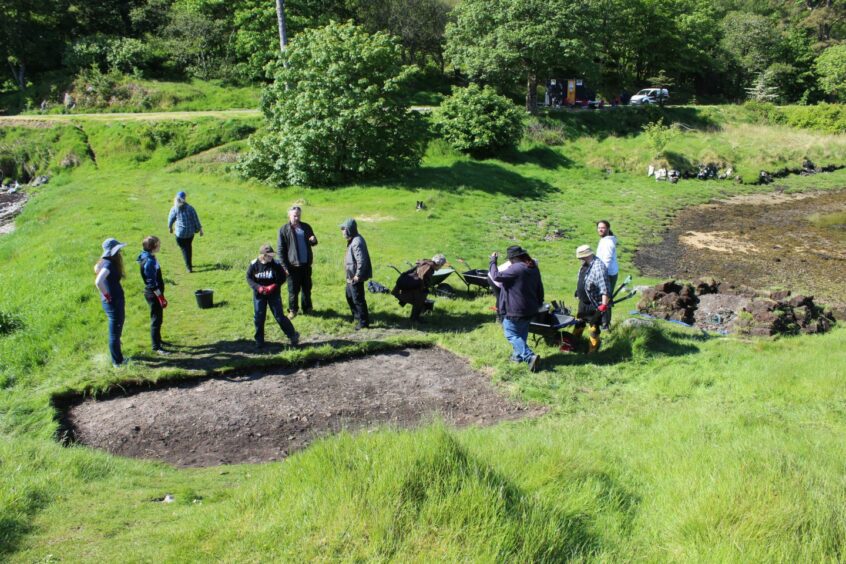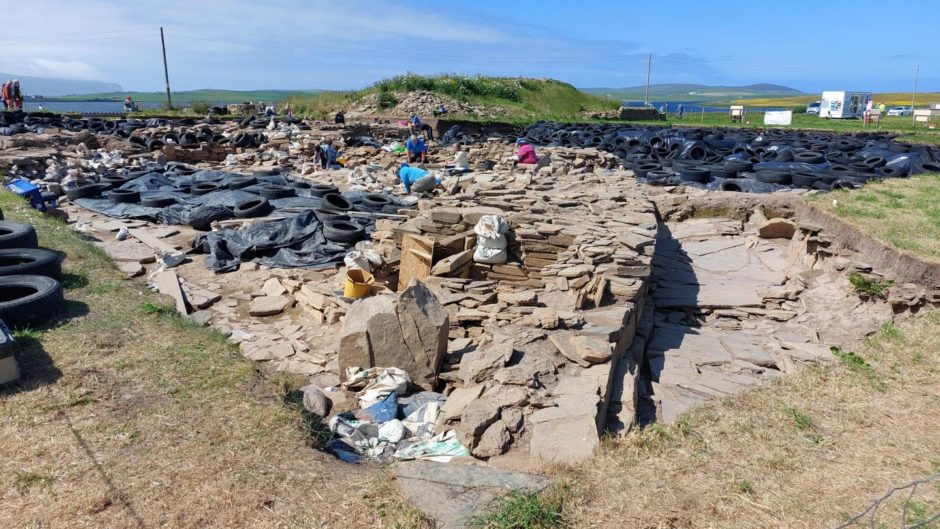Archaeologists have made a groundbreaking discovery in Stornoway, uncovering thousands of years of Neolithic artefacts.
A team of historians have been excavating ground close to Lews Castle for the last two weeks, eager to uncover what lies beneath.
The dig, led by local archaeologist Ian McHardy and the Stornoway Trust, forms part of a multi-million pound regeneration project on the grounds.
Over the course of two weeks, archaeologists and volunteers have uncovered a range of Neolithic artefacts amidst centuries old foundations.
It’s understood the findings uncover origins on the land, more than 3,000 years earlier than previously thought.
Their findings are expected to go on display at the Museum Nan Eilean in the town.
Iain Maciver, estate factor with the Stornoway Trust, said the discoveries have left experts “excited” for what’s to come.
He said: “The headland across from the old Stornoway Castle, as you enter into the inner harbour, was identified as maybe a place of interest.
“A fortnight ago they started the dig. They expected to find, possibly, buildings or evidence of use.
“They started finding very interesting artefacts such as slate and flint, and as they went further down they started finding foundations.
“Among the foundations they found arrowheads, evidence of not just iron but Neolithic age material.
“What they found was not what they expected but the feedback was they were very excited by what they did find and would like to possibly dig further and uncover the secrets behind Sober Island.”
Studies examine Ness of Brodgar in Orkney
The project is one of a number of archaeological digs taking place across the north.
In Orkney, archaeologists have returned to two University of the Highlands and Islands Archaeology Institute excavations over the summer, including the Ness of Brodgar.
The entire site will reopen at the 5,000-year-old Neolithic settlement with a full-sized excavation team for the first time since 2019.
Experts will also return to Skaill Farmstead on Rousay where a large Norse hall, probably dating to the 10th to 12th centuries, was discovered beneath more recent structures in 2019.
Members of the public will have the opportunity to witness their work first had as fieldworkers offer tours and and open days of the sites.
The projects are just two of the many archaeological projects being showcased as part of the Society of Antiquaries of Scotland’s national Dig It campaign, which is entering its fourth year.
‘You just never know what’s lurking there’
Mr Maciver said he hoped these discoveries in Stornoway will pave the way for more work to be carried out to help shed more light on the area’s rich history.
“We hope that what has been achieved will unlock the door to funding which will allow us to carry out more in depth work to try and shed more light,” he added.
“They have been very excited by what they have found but its probably raised more questions than answers at this early stage and I think they would love to be able to do more.
“The trust would be very much in support of it. You just never know what’s lurking there.”



